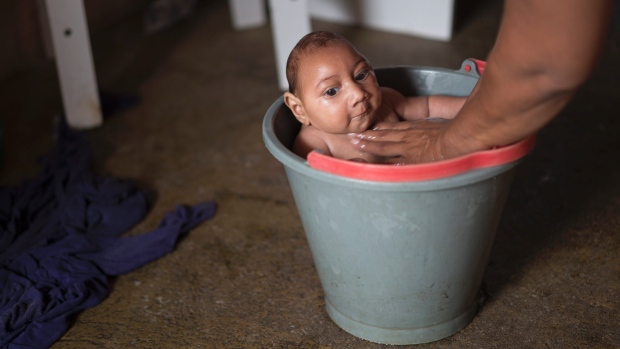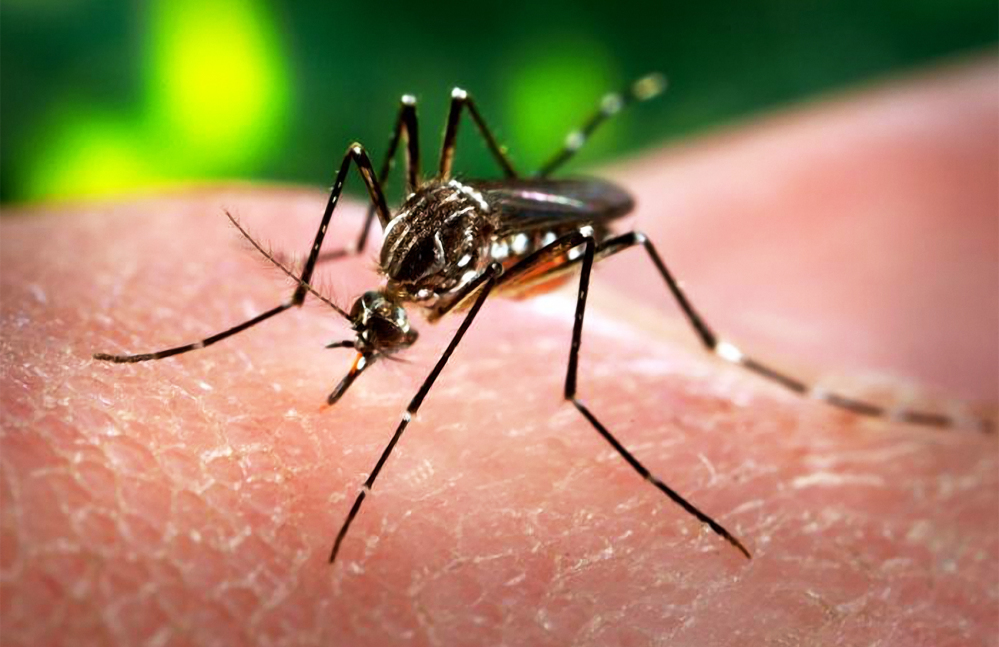Zika Virus: 8 Things You Should Know
Jan 28, 2016 • Abu Poblete

Jan 28, 2016 • Abu Poblete
 Zika Virus: 8 Things You Should Know
Zika Virus: 8 Things You Should Knowby Abu Poblete
At least 100,000 cases of dengue were recorded in the Philippines’ just in the last quarter of 2015. This month, the DOH has also commercially released a dengue vaccine to the Philippine market–one which will benefit severely-infected cities like Bulacan and Cavite, who both declared a state of calamity due to the virus last year. Something similar is also being experienced by our friends in Latin America and the United States, a virus known as the Zika virus (ZIKV). What’s alarming of their situations is that they still don’t have a cure for ZIKV which is also as viral and dangerous as dengue, although in different ways.
ZIKAV commonly infects pregnant women (the reason behind it is still unknown) and 46 babies have already died because of it. This is enough reason for Filipinos to take preventive measures by getting to know the virus, which has all the means to arrive in the country. Already prone to mosquito-related viruses, the Philippines needs to stay one step ahead. Here are the things you should know about ZIKV and how you can avoid it.
Last May 2015 saw the first victim from Brazil, and the virus has been spreading like wildfire across Latin countries.
Microcephaly, or being born with a small head and brain damage, is a suspected result of a mother going through her pregnancy while infected with ZIKV.
Pregnant women have been advised by the Centers for Disease Control and Prevention (CDC) to postpone their travels to any infected country because of their high risk of infection. El Salvador’s health department has also advised women who are planning to get pregnant to postpone their plans until 2017 because of the outbreak.
Pages: 1 2
Abu is a fangirl by day, and a sleeping fangirl by night. She is mostly seen on Twitter which she considers her first home even though she loathes with all her being its cancel culture (We can all grow and learn guys!). She ranks as the Philippines' number one Modern Family fan in QuizUp. She's a cool girl (she also wrote this write-up).
Input your search keywords and press Enter.
